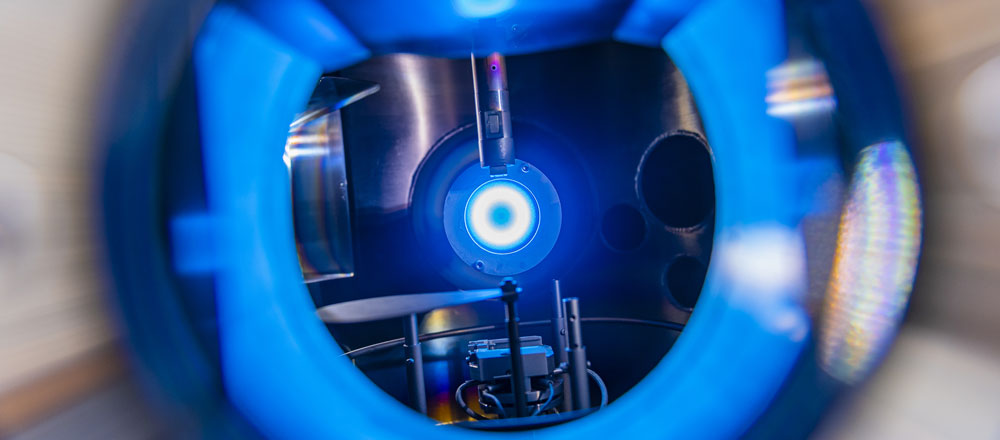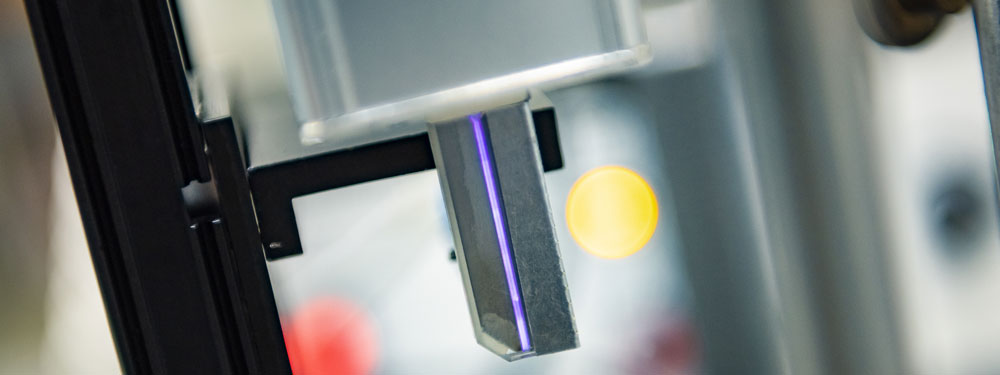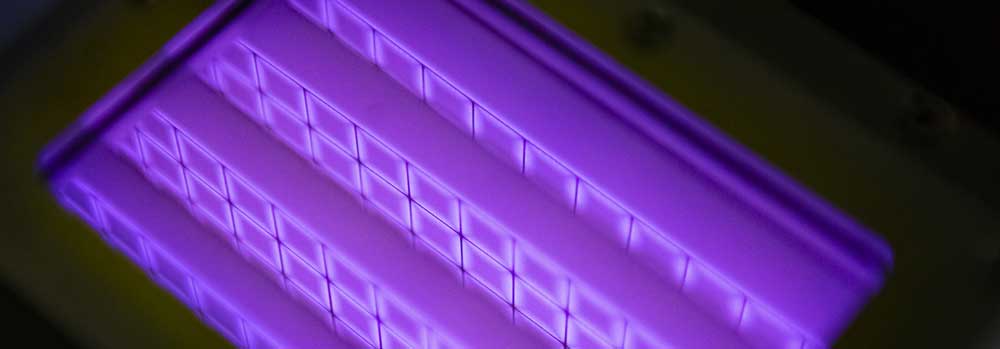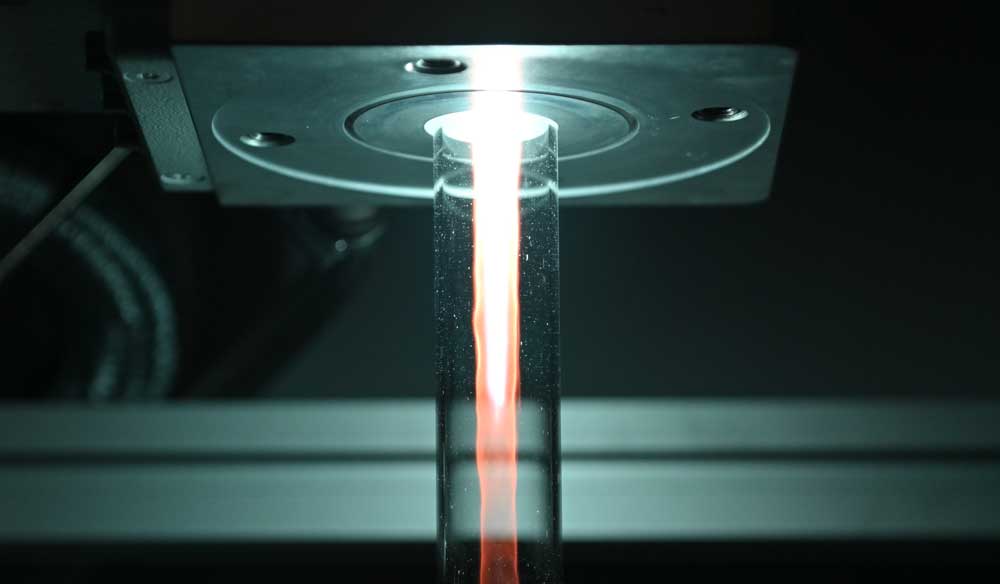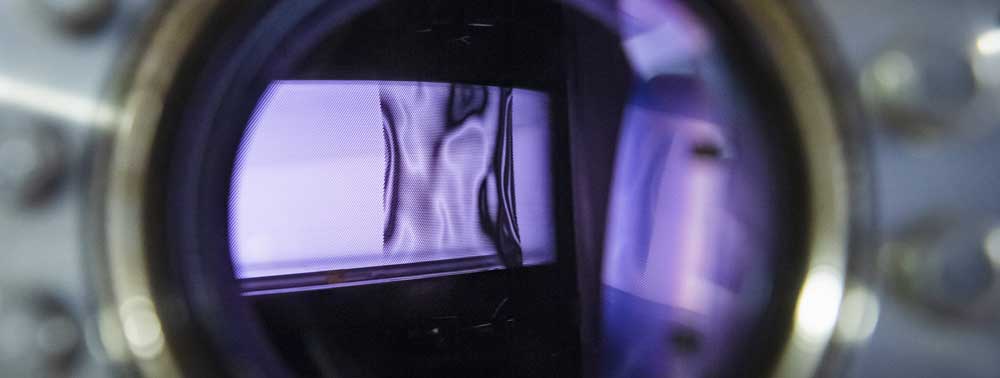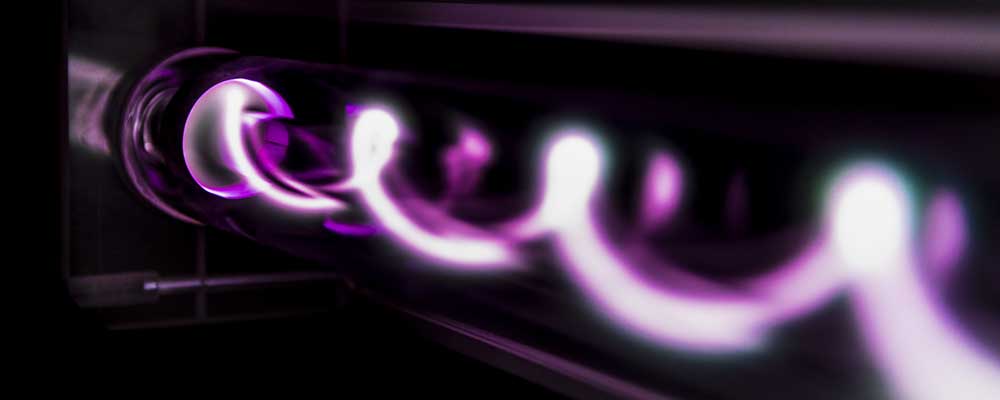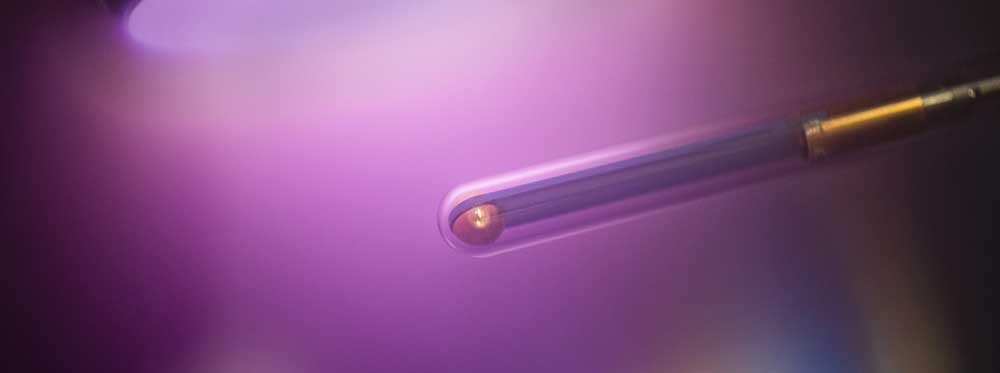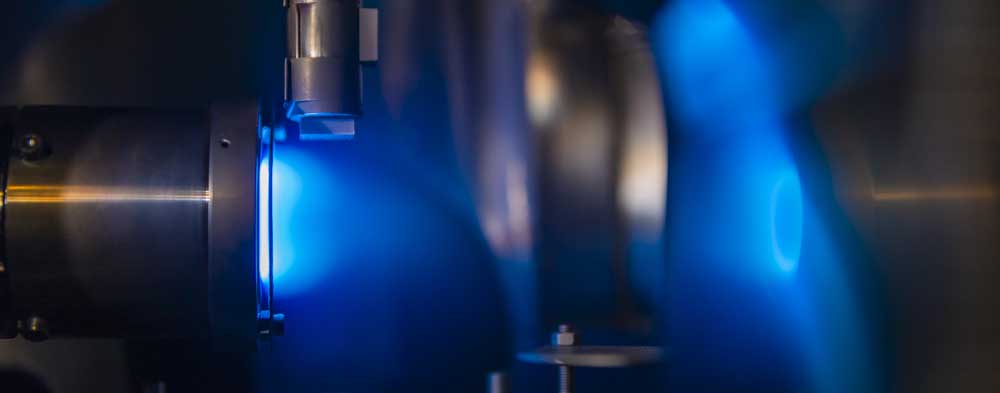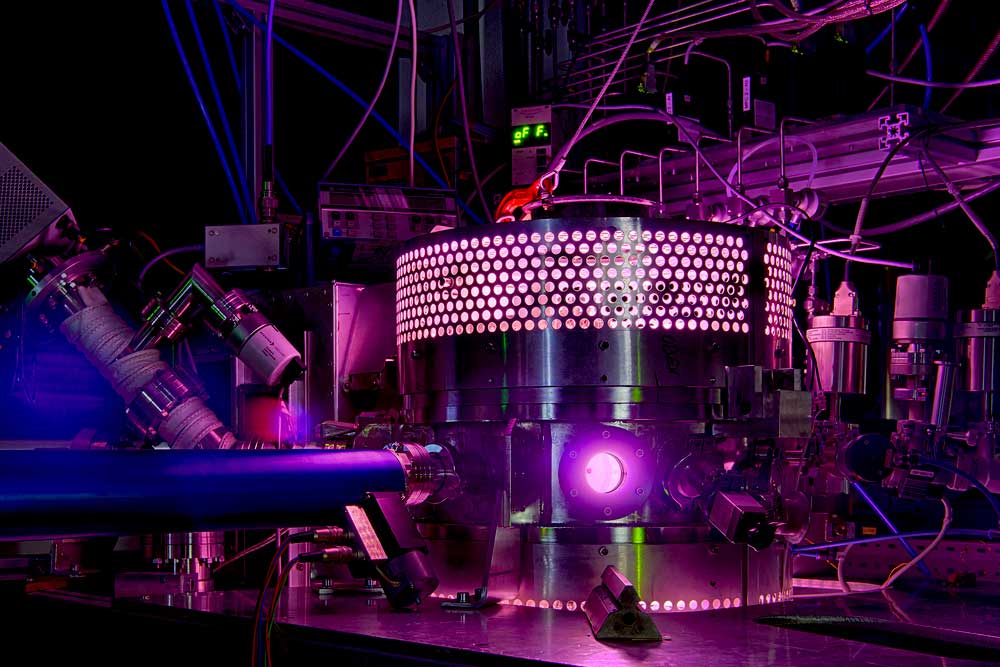Research
P. Grosse publishes recent results on electrochemical CO2 reduction in Nature Communications
A team of researchers from the Department of Interfacial Sciences at FHI Berlin has discovered how changes in the structure of copper catalyst particles during electrochemical CO2 reduction affect their catalytic performance. This should lead to the development of new catalysts that convert the greenhouse gas CO2 into useful chemicals. Researchers around CRC member Philipp Grosse from project B1 published their work in the journal Nature communications.
The could show how the initial number of catalysts particles, their size and density on the support electrode surface is not a reliable indicator of the actual number of particles present during reaction. More importantly, Philipp Gosse and colleagues show that by optimizing the design of the pre-catalyst structures, the structural evolution under working conditions is influenced and thus also their selectivity. This is also important for the electron microscopists.
- More details can be found here.


